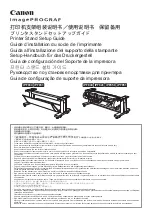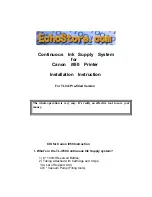
88
G-TECH / Pro Competition User Guide, Release 3.1
These are due to more power being applied to the
wheels than can be handled. The net result is that the
wheels spin and the vehicle does not accelerate.
•
The large dip you see at the end of the graph is hard
braking at the end of the run.
•
Notice at the end of the graph, Gs are zero. This is
because the vehicle came to a stop. Hence there is no
acceleration or deceleration.
Braking Distance
The “Braking Distance” graph is useful for seeing how many
feet it took your vehicle to stop from a specific speed.
For example, you can use this graph to determine 60-0 MPH
braking distance. This is a common measurement in automo-
bile reviews.
As another example, when upgrading the brakes or tires on
your car, you might be interested in a “before” and “after”
comparison of your braking distance.
This graph also allows you to view intermediate braking
results, such as 100MPH - 40MPH, or any other endpoints
you choose.
Note:
If you do not brake to a complete stop at the end of
your run, and let the E.T. clock stop, the data on this graph will
not be very useful to you.
Summary of Contents for Pro Competition
Page 1: ...Update 3 1 1 Dec 2003...
Page 17: ...16 G TECH Pro Competition User Guide Release 3 1...
Page 45: ...44 G TECH Pro Competition User Guide Release 3 1...
Page 93: ...92 G TECH Pro Competition User Guide Release 3 1...
Page 137: ...136 G TECH Pro Competition User Guide Release 3 1...
Page 167: ...166 G TECH Pro Competition User Guide Release 3 1...
Page 174: ......
Page 175: ......
Page 176: ......
Page 178: ......
Page 179: ......
Page 180: ......
















































